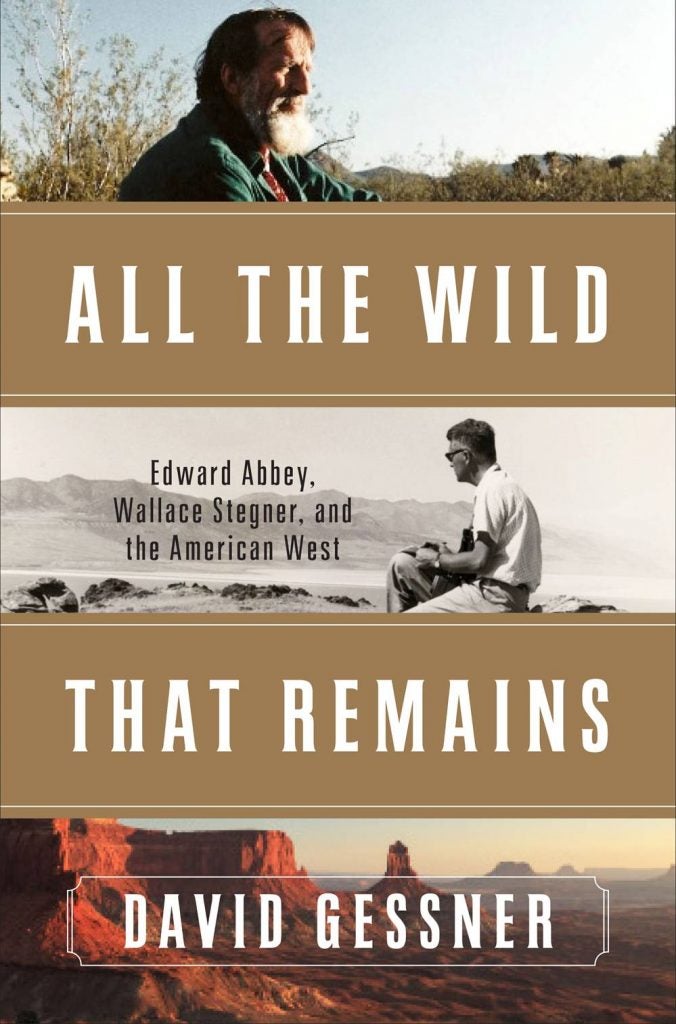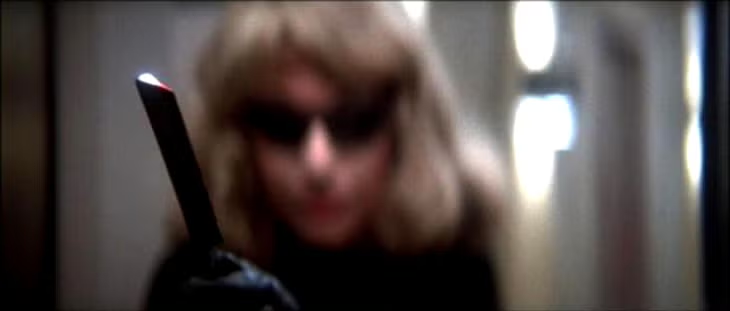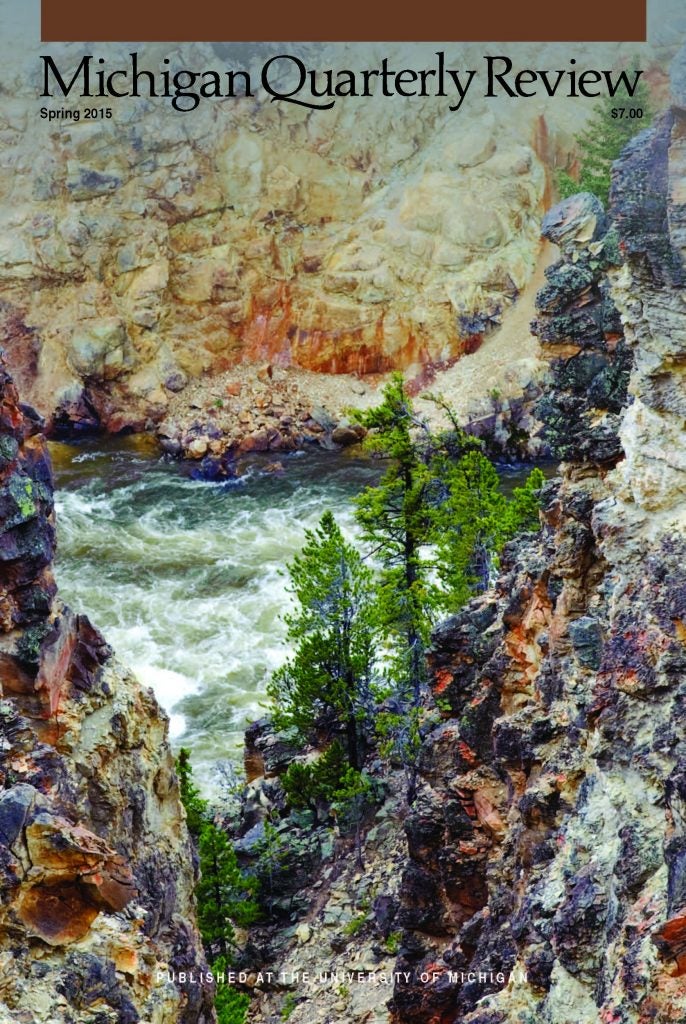Unsolved Histories: Miracles, Meteorological Phenomenon, and Writing the Unknown
On January 16, 1870, the New York Times published a brief article—no more than a few hundred words—describing a “meteorological phenomena” that occurred above my town of Eau Claire, Wisconsin. “The night was very clear,” the unattributed reporter wrote, “the stars shining brightly; but the mysterious light came out in a broad circular spot and spread slowly,”—wait for it—“like the moonlight coming through a cloud or the reflection of a prairie fire, putting out the stars nearest to it.”
Unsolved Histories: Miracles, Meteorological Phenomenon, and Writing the Unknown Read More »
On January 16, 1870, the New York Times published a brief article—no more than a few hundred words—describing a “meteorological phenomena” that occurred above my town of Eau Claire, Wisconsin. “The night was very clear,” the unattributed reporter wrote, “the stars shining brightly; but the mysterious light came out in a broad circular spot and spread slowly,”—wait for it—“like the moonlight coming through a cloud or the reflection of a prairie fire, putting out the stars nearest to it.”








